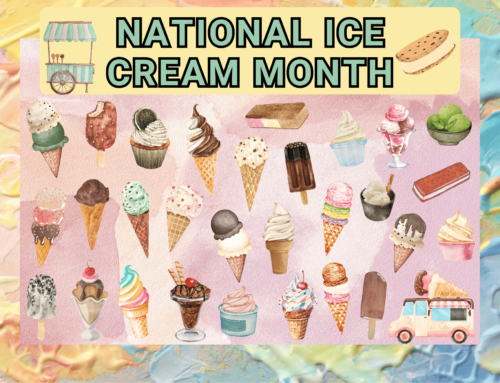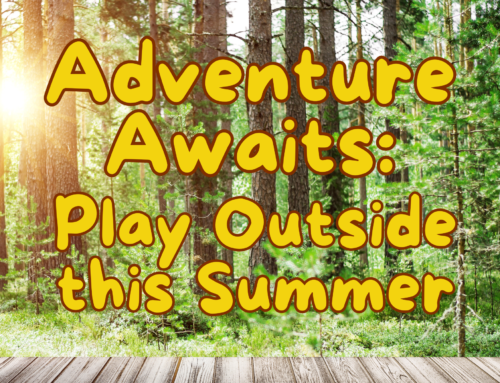
Welcome to the white, cold, and snowy world of the Arctic on the North and South Poles, home to many exciting animals who have adapted to survive in this harsh environment that is their home. This blog will teach you about these animals, provide some interesting facts, and give you book suggestions about these fantastic creatures.
Did you know there is a holiday for everything? Here are a few of the special days celebrating our cold weather friends.
Did you know?
- 1The Arctic is a harsh environment, with temperatures reaching below -58 degrees Fahrenheit. Animals that live in the Arctic have adapted to survive. For example, the thick white fur of the Arctic fox helps keep it warm and hidden from predators.
- 2Polar bears are cute and fuzzy, but did you know they are the largest living carnivores (meat eaters) on the planet, weighing a whopping 1,500 pounds and up to eight feet tall?
- 3The tusks of walruses never stop growing; they grow and grow, some even reaching three feet long.
- 4Harp seals weigh in at up to 300 lbs. They have a thick layer of blubber (fat) to keep them warm in the frigid waters of the Arctic Ocean. Like the white fur of the arctic fox, their silver-gray coloring helps them blend in with their ocean surroundings so they are not easily visible to their prey and predators.
Books about Arctic and Polar Animals
Arctic Hare by Grace Hansen
Any animal that lives in the Arctic is brutal! This title examines how the Arctic hare survives in such cold and unforgiving conditions, what it eats, and more. The book has large, colorful photographs and a more facts section.
Ermine by Grace Hansen
Any animal that lives in the Arctic is brutal! This title examines how the ermine survives in such cold and unforgiving conditions, what it eats, and more. The book has large, colorful photographs and a more facts section.
Arctic Fox by Grace Hansen
Any animal that lives in the Arctic is brutal! This title examines how the Arctic fox survives in such cold and unforgiving conditions, what it eats, and more. The book has large, colorful photographs and a more facts section.
Polar Bears by Hugh Roome
Nature’s Children series provides young readers (Ages 8-10) with fascinating information about the planet’s most incredible wildlife species. Introduces and explains facts about polar bears.
It’s a Caribou! by Kerry Dinmont
Read all about caribou and their polar home! Also called reindeer, these magnificent migrators come to life through full-color photographs and carefully leveled text. Critical thinking questions and a photo glossary assist early nonfiction readers.
Who grows up in the snow? : a book about polar animals and their offspring by Theresa Longnecker
Names and describes the offspring of a polar bear, seal, penguin, Arctic fox, walrus, snow leopard, caribou, and Arctic tern.
Narwhal : The Arctic Unicorn by Justin Anderson
As winter ends, a pod of narwhals begins a treacherous journey north. Along the way, they must find fish to eat, avoid a hungry polar bear, and navigate the maze of sea ice. Will their sensitive tusks and clicking calls be enough to keep them safe and help them find their way to their summer resting grounds?
Narwhal by Solomon Awa
Animals Illustrated mixes fun-filled animal facts for the youngest readers with intricately detailed illustrations to create a unique and beautiful collection of children’s non-fiction books on Arctic animals. Kids will learn about how narwhals raise their young in the cold Arctic Ocean, what they eat, where they can be found, and other exciting information.
Arctic and Antarctic by Anita Ganeri
Readers can explore Earth’s polar regions, where they’ll meet extraordinary animals that survive and thrive in the harsh conditions of these icy worlds and learn about magnificent natural marvels that make life fascinating on, above, and under the ice.
Where is the North Pole? by Megan Stine
It might seem lonely at the top of the world, but the North Pole is teeming with life! Polar bears, walruses, and Arctic seals make their home on sea ice that can be nine feet thick. At the same time, the Inuit and other Indigenous peoples continue their traditions and means of survival in this harsh climate, along with the early twentieth-century story of Robert Peary’s egomaniacal quest to reach the exact spot of the North Pole.
Polar : wildlife at the ends of the Earth by L.E. Carmichael
The polar regions could not be farther apart at opposite ends of the Earth. And yet, the animals who live in the Arctic and Antarctica have a lot in common. They have adapted to live in the world’s harshest environments, surviving extreme cold and continuous days of darkness. In this beautiful book, author L.E. Carmichael and illustrator Byron Eggenschwiler take readers on a journey to explore the animal adaptions that make life possible in these polar habitats.
The Magic School Bus presents Polar Animals by Cynthia O’Brien
Mrs. Frizzle introduces some of the amazing animals who inhabit the Arctic and Antarctic regions, and explains how they have adapted to their icy homes.
Polar Animals by Laaren Brown
Describes the physical characteristics, behavior, and habitat of polar animals, including king penguins, narwhals, and reindeer.
Harp Seals by Rebecca Pettiford
From special tears that protect their eyes in salty seawater to their migrations for feeding and giving birth, harp seals have many special adaptations for thriving in their freezing home. Find an explanation for how harp seals survive in the Arctic on each page of this vibrant title.
Peary Caribou by Grace Hansen
Any animal that lives in the Arctic is tough! This title looks into how the Peary caribou survives such cold and unforgiving conditions, what it eats, and more.




















